Many tech fans encounter the topic in discussions reducing the quality of photos on a smartphone due to time. But how is it? Can photos lose detail or quality over time? Is your camera wearing out? We will try to find the answer to these questions in today's article.
How does the smartphone camera work?
The heart of any camera is its sensor, the electronics that convert light into digital images. Manufactured with years of experience, precision and finesse, these sensors consist of tens of thousands to hundreds of thousands or even millions of pixels.
Modern camera sensors are designed to deliver long-lasting quality. They have durable materials and top technologies have been used in their production for a satisfying output after every press of the trigger.
Two main factors contribute to the durability of camera sensors:
1) Advanced production and quality
- Phone manufacturers are investing heavily in research and development, perfecting the art of sensor manufacturing. The use of advanced materials and robust manufacturing processes ensure that camera sensors are built to stand the test of time.
2) Optimized software updates
- Frequent software updates not only bring exciting new features, but also optimize the performance of the camera's sensors. These updates often include improvements to image processing algorithms, improved image quality, and overall camera functionality.
Effect of use on photo sensors
While it's true that modern smartphone sensors are designed to last, it's important to remember that all electronic devices, including cameras, age over time. In this process, the specific use plays an important role, because the sensors are constantly exposed to different intensities of light and a constant flow of electric current.
Light intensity - Exposure
Every time a camera is used to capture a photo, its sensor is exposed to different intensities of light. Over time, this exposure can lead to subtle changes in the sensor's sensitivity to light, which can affect image quality under certain lighting conditions.
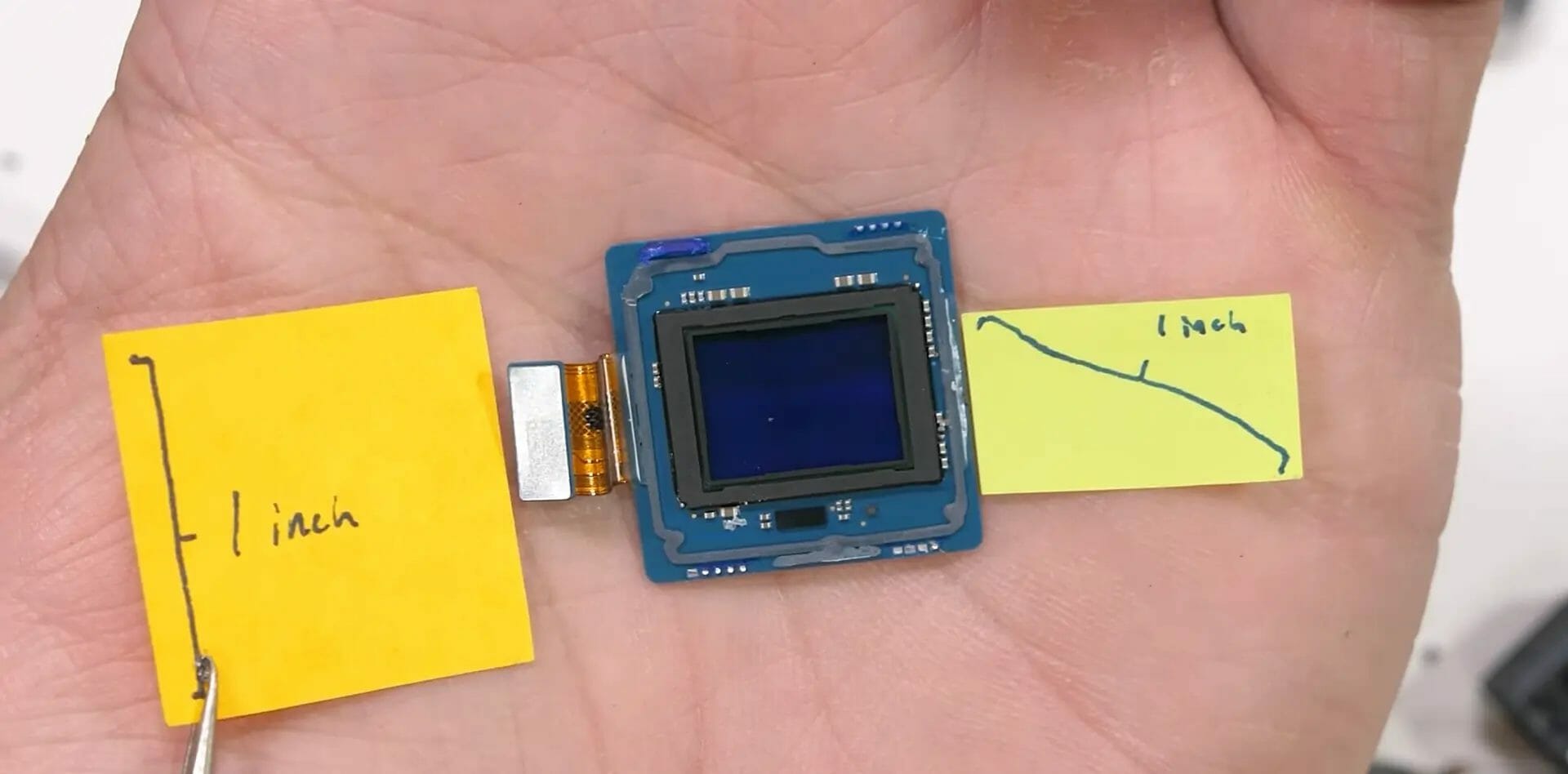
Continuous electric current
The camera's sensor is continuously supplied with electricity during photo capture and processing. While manufacturers take measures to minimize heat generation and power consumption, this constant exposure to electrical current can contribute to gradual wear and tear over time.
How to extend the life of components?
If you want to ensure the longest possible lifetime of camera components and thus the highest possible output quality during the life cycle of the device, consider these tips:
Gentle handling: The sensor is sensitive to shocks, handle your smartphone with care, avoid unnecessary bumps or shocks
Protective case: Invest in a quality smartphone case that provides adequate protection against an accidental drop or impact
Regular cleaning: Keep the camera lens clean, free of dust and grease from fingerprints
Don't forget the updates: Update your device's software regularly to access the latest features and optimizations. Even a seemingly hardware problem can have a software solution
Conclusion: Does time degrade the quality of mobile photography?
The cameras in our smartphones are proof of the "miracles" of modern technology. They capture the most precious moments of our lives thanks to precise processing from high-quality and durable materials. And although some components may gradually wear out during long-term use, we cannot talk about a significant deterioration in the quality of photos.
Thanks to constant progress in the development and sensor technology itself, precise manufacturing and regular software updates, they provide photos without loss of quality for years.
Follow our website Xiaomi Planet, our group on Telegram full of current articles, subscribe to the news and join us to our Facebook group.


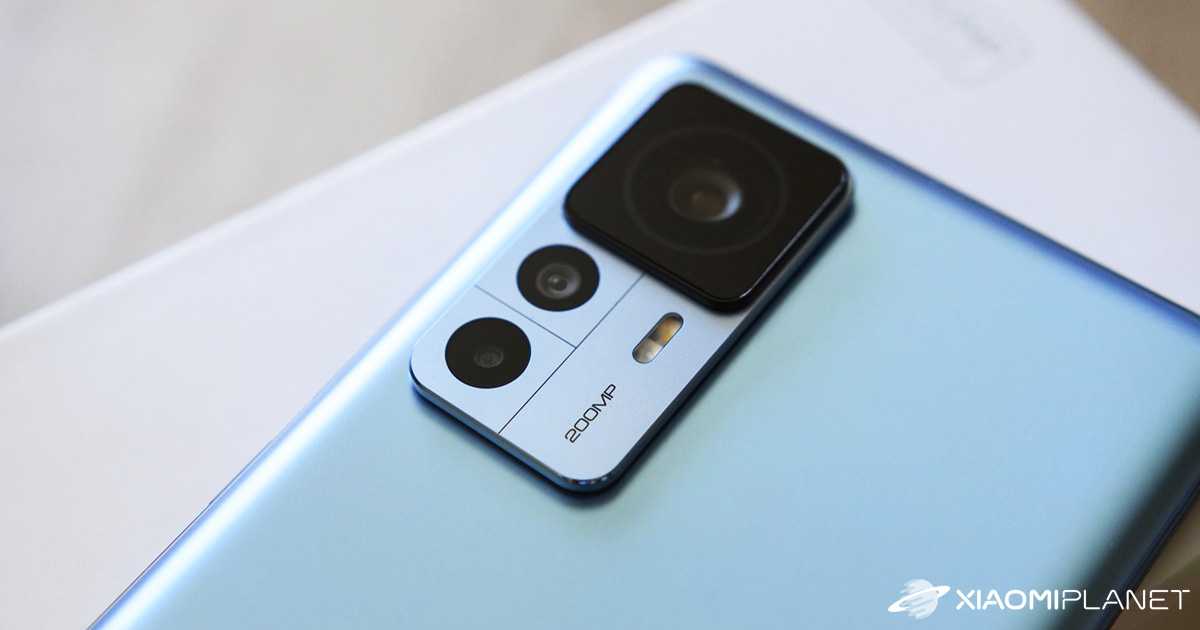
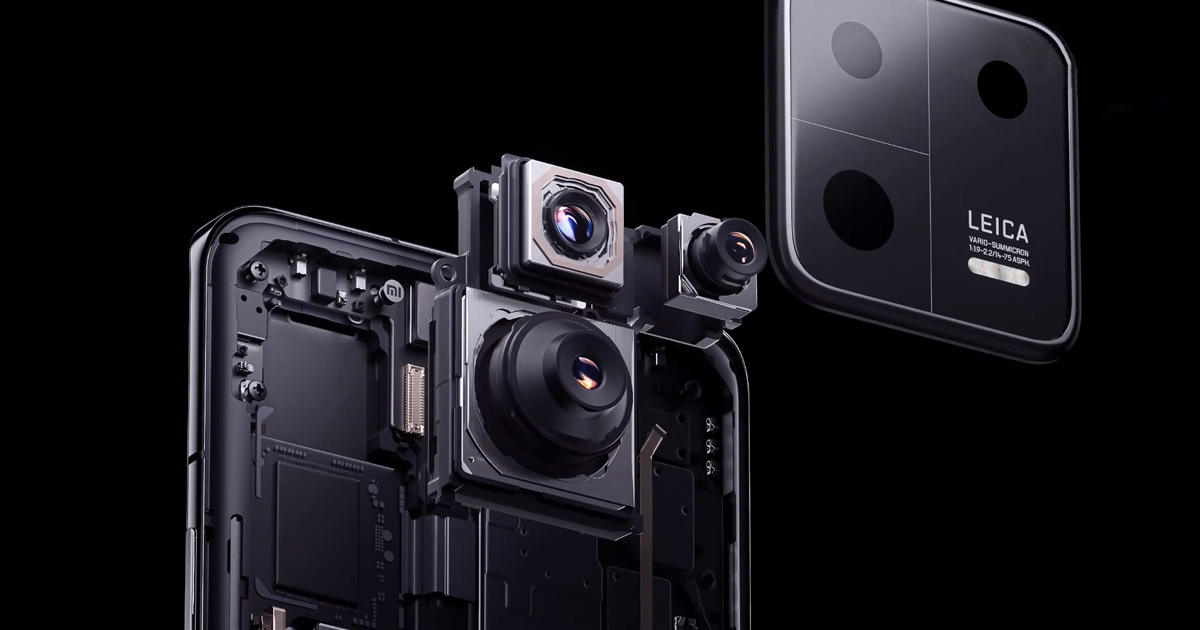
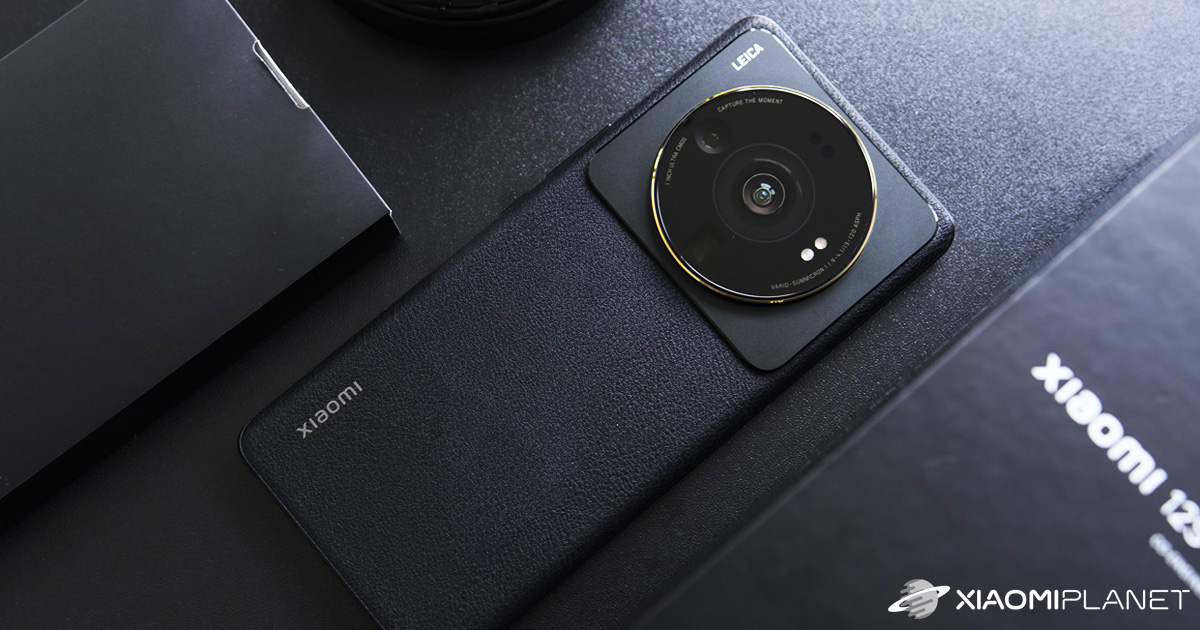

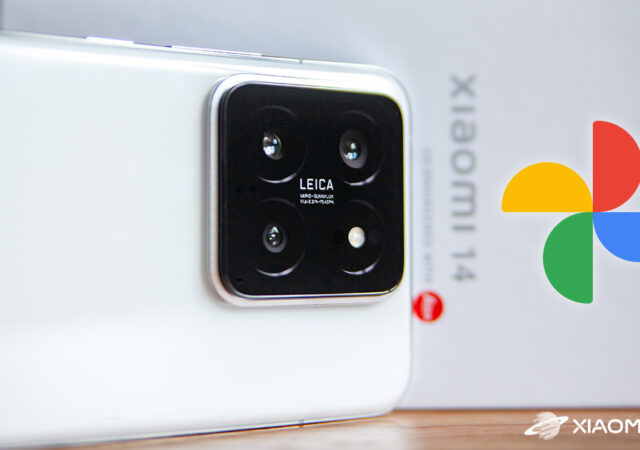
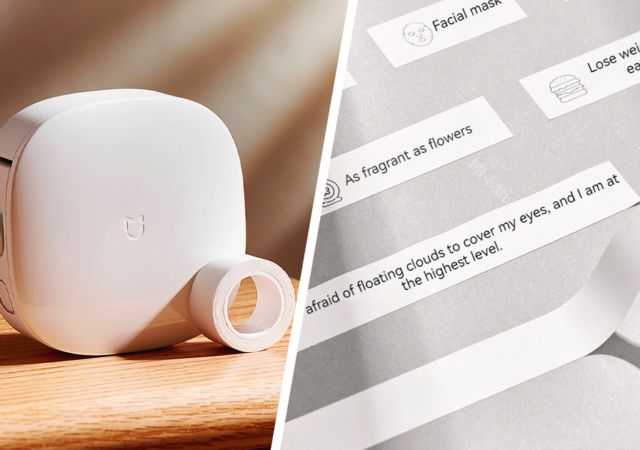
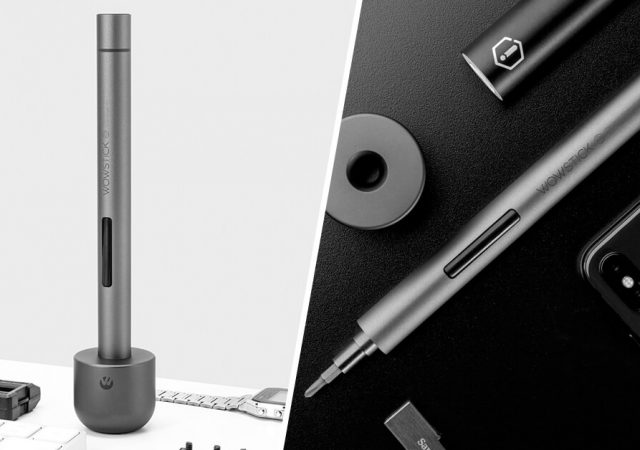


I can see a significant degradation in quality on my mi9. And I think that nothing else is behind it other than the camera software.